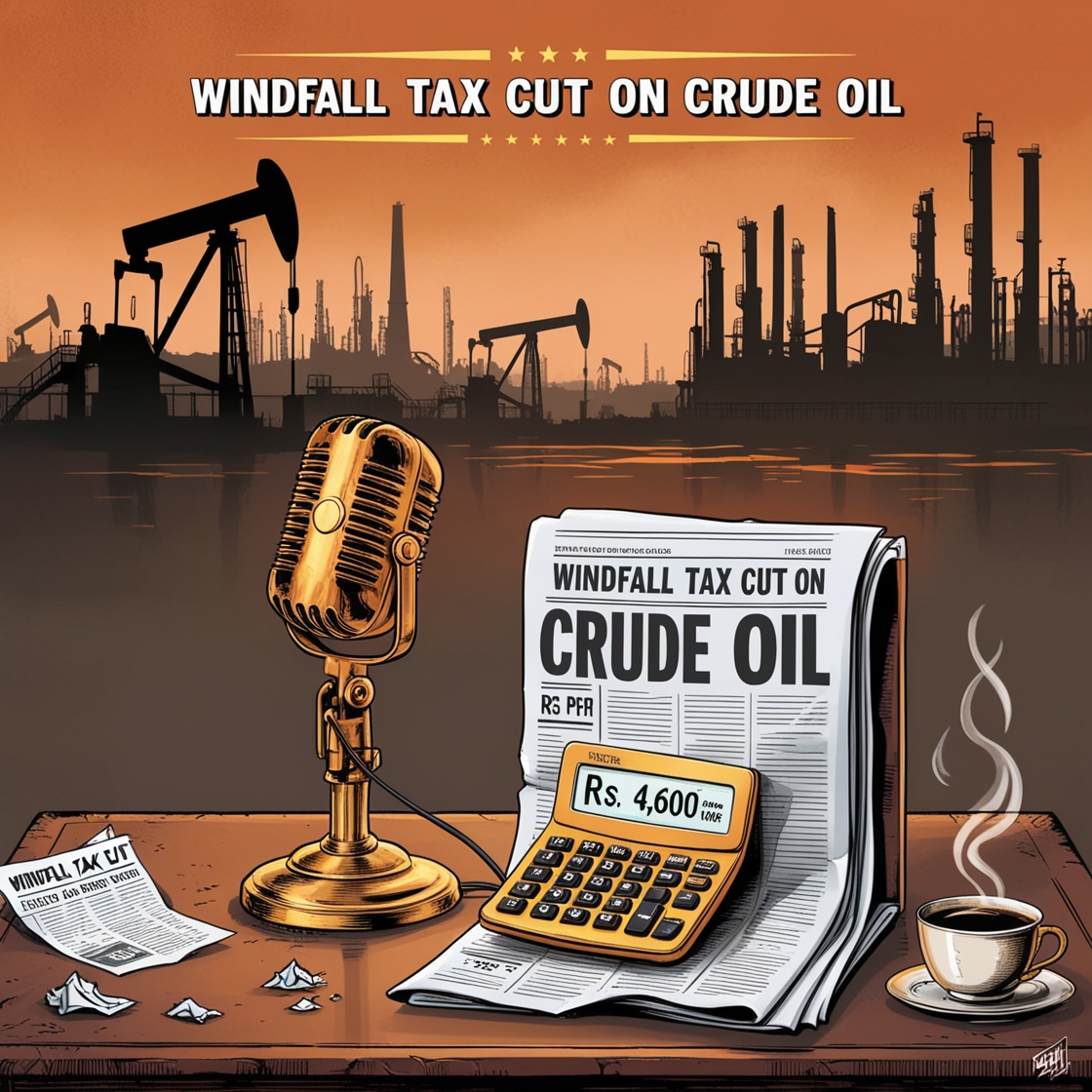Unpredictable Oil Markets in the Face of Middle East Tensions
In the ever-evolving landscape of global geopolitics, the Middle East remains a hotbed of tensions, directly influencing the volatility of oil prices. Let’s delve into the intricate dynamics shaping these uncertainties and their potential ramifications on the global supply chain.
The Market Insights by Ravindra V Rao
Author: Ravindra V Rao, CMT, VP-Head Commodity Research at Kotak Securities
Geopolitical tensions have cast a shadow over the global financial scene, particularly during the week ending February 2. Investor confidence wavered amid concerns in the US banking sector and shifting expectations regarding Federal Reserve interest rate cuts. The release of a robust US jobs report and indications from the Federal Reserve chief downplaying the likelihood of a March rate cut added layers of complexity to market dynamics.
Federal Reserve’s Stance
During the January Federal Open Market Committee (FOMC) meeting, the Federal Reserve opted to maintain the funds rate at 5.25 percent – 5.5 percent for the fourth consecutive session. While acknowledging improvements in employment and inflation goals, the Fed emphasized that rate reductions would only be entertained with increased confidence in sustainable inflation movement toward the 2 percent target. Positive US job data for January and a stable unemployment rate tempered market expectations for imminent interest rate cuts.
Precious Metals in Flux
COMEX Gold Resilience
COMEX Gold prices witnessed a weekly gain, influenced by factors such as the prospect of a US interest rate cut, declining US Treasury yields, uncertainties surrounding New York Community Bancorp, and geopolitical tensions in the Middle East. However, a 1 percent dip in gold prices on Friday followed the release of the US non-farm payrolls report, signaling a resilient labor market.
Silver’s Decline
Silver prices faced a decline, hovering around $22.5 per ounce, reflecting a pessimistic industrial outlook amid projections of a further economic slowdown in China. COMEX gold, encountering a resistance level at $2080 per troy ounce, needs sustained upward momentum to breach this barrier, with a downside risk if bears aim for the immediate support at $2028 per troy ounce.
Rollercoaster Ride for WTI Crude
WTI Crude oil witnessed a substantial weekly decline of over 7 percent, triggered by unconfirmed reports on Israel-Hamas conflict negotiations. Despite this, January closed with a 6 percent upside, marking its first monthly gain since September, driven by escalating fears of wider conflicts in the Middle East.
WTI Crude Price Outlook
In terms of price action, WTI Crude oil touched a critical trend line support at approximately $71 per barrel. A significant breach, confirmed by a closing basis, may lead to further declines, targeting $67 per barrel. Conversely, resistance near $74 per barrel could rejuvenate bullish sentiment, offering an advantage to market bulls.
Looking Ahead: Key Market Factors
In the upcoming week, market participants will closely monitor the US ISM services PMI, Federal Reserve officials’ speeches, and Chinese inflation numbers. Federal Reserve Chair Jerome Powell’s CBS news interview is anticipated to shed light on inflation risks, expected rate cuts, and the banking system’s current state. Concerns related to loans tied to commercial property and associated risks from exposure to the US real estate market may influence global risk sentiments.
In conclusion, as geopolitical tensions persist in the Middle East, the highly volatile nature of oil prices poses a significant threat to the global supply chain. Navigating through this landscape of uncertainty requires careful consideration of economic indicators, central bank policies, and geopolitical events, keeping investors on their toes in the weeks ahead.











